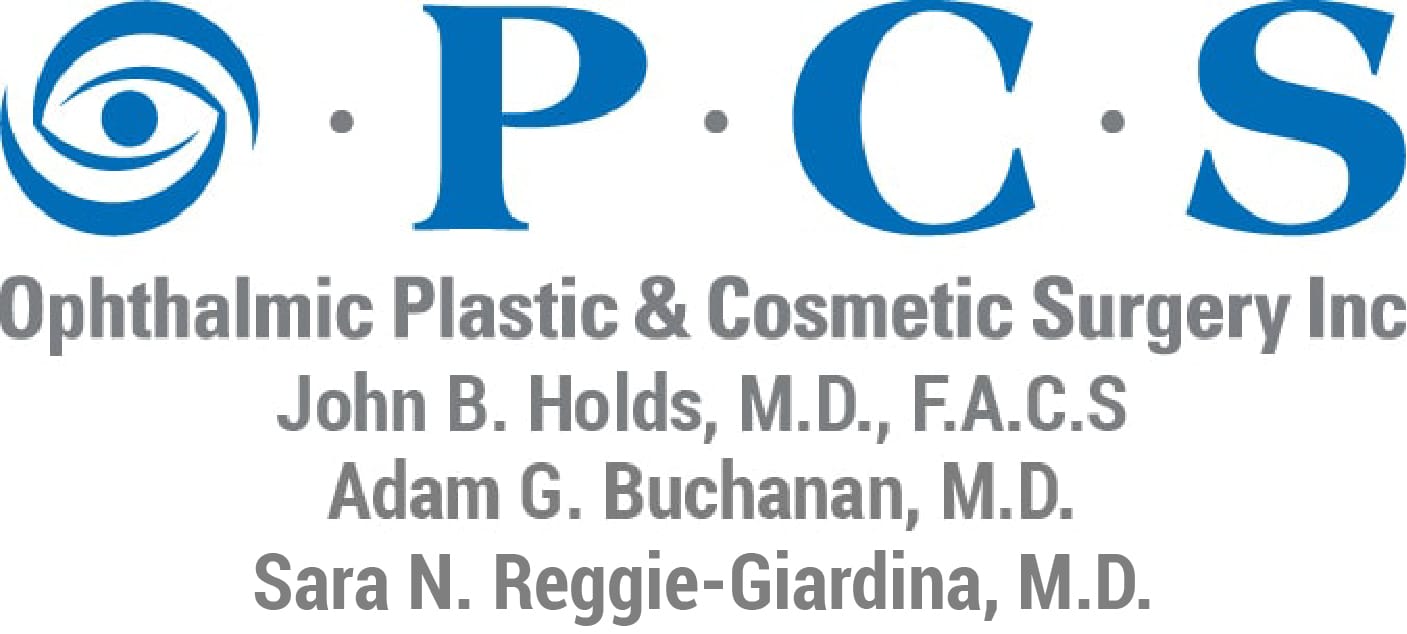What Causes Eyelid Twitching?
- Posted on: Jul 15 2019

Blepharospasm may be a primary or secondary condition. Primary blepharospasm means that eyelid twitching is the original problem. It is believed that primary blepharospasm originates with imbalanced activity within the brain cells deep in the brain. Through primary blepharospasm is not a medical concern, its effects can lead to functional blindness. Secondary blepharospasm is resultant of another condition, such as Parkinson’s disease. Involuntary eyelid twitching may also result from certain medications or drugs.
Why are the Eyelids Twitching?
There are several things that may trigger eyelid twitching. These include bright lights, eye irritation, and emotional anxiety. Symptoms often resolve in sleep. When blepharospasm results from a trigger, twitching may be helped by looking down, touching a trigger point such as the eyebrow, or lifting the eyebrows. Distraction of some sort, such as humming, has also helped some people decrease the intensity of blepharospasm episodes.
Eyelid spasms may be related to what is called a hemifacial spasm, as well. This type of spasm originates in the nervous system and may cause one-sided twitching of not only the eyes but other parts of the face. Hemifacial spasm can cause high-frequency, intermittent twitching that is distracting in social and professional settings. Neurological procedures are available for this condition but tend to be rarely sought due to surgical risks.
Treating Blepharospasm
One of the most common treatments for eyelid twitching is Botox. Studies suggest that 95% of patients treated with this drug achieve significant improvement in symptoms. To treat blepharospasm, Dr. Holds introduced small doses of Botox directly into the muscles that are persistently contracting. Botox works by preventing the release of the chemical that receives neurotransmission from the brain. Without acceptance of neurotransmissions, the muscle relaxes. Treatment takes only a few minutes and is safe enough to be repeated every few months as needed to maintain soothing effects.
Blepharospasm can also be treated surgically. Myectomy surgery is an intricate technique through which the offending muscles are removed. The complex nature of musculature and vascularization in the upper face requires the skill of a skilled surgeon during myectomy surgery. Dr. Holds is one of only a few surgeons in the U.S. who performs this procedure.
Learn more about treating blepharospasm. Call our St. Louis office at 314-567-3567.
Posted in: Blepharospasm

